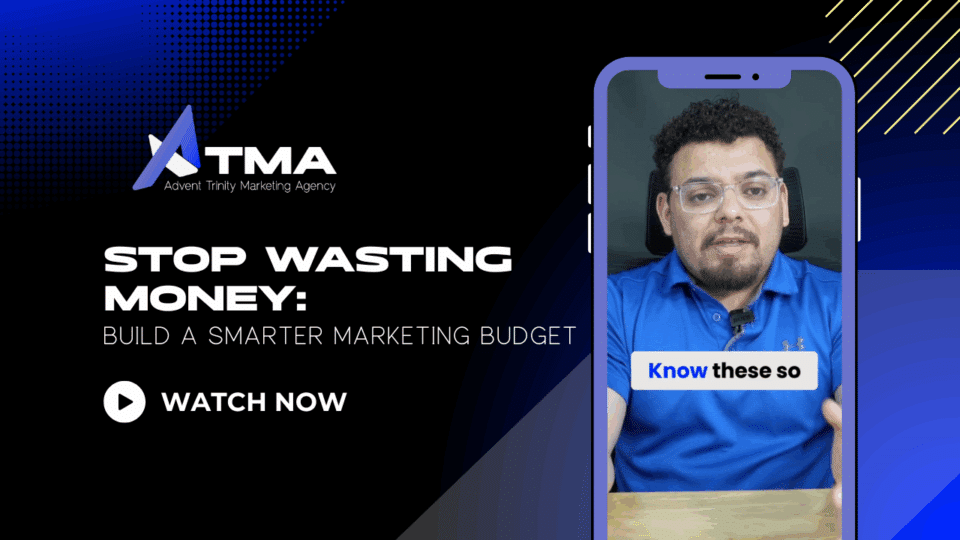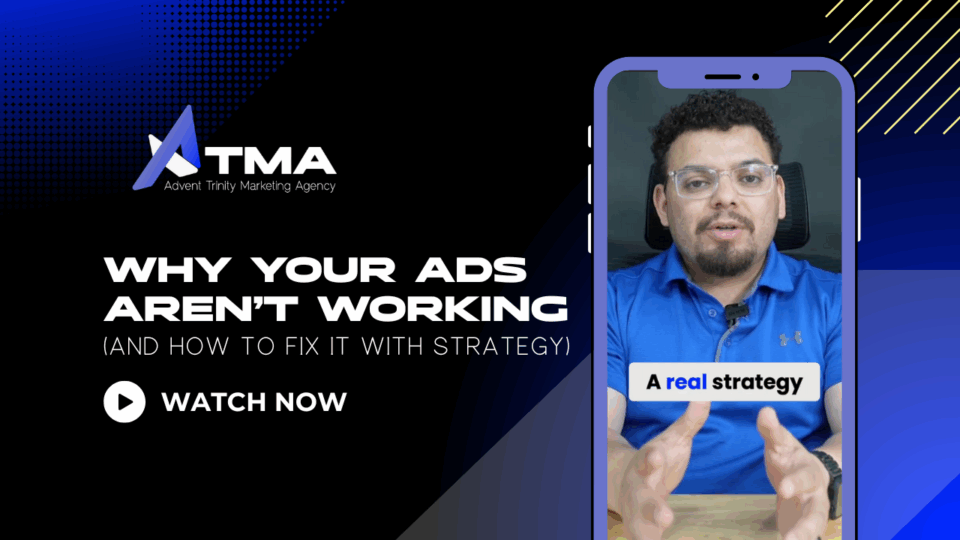
The Most Challenging SEO Opportunities Of 2023
April 15, 2023
Awesome Professional Web Design For Dallas Businesses
May 1, 2023Pitch Perfect: How To Craft A Killer Elevator Pitch
Craft a powerful elevator pitch that is short, concise, and compelling with a clear focus.
Imagine you step into an elevator and find yourself standing next to the CEO of your dream company. You have exactly 30 seconds to make a lasting impression and convince them to give you a chance. This is where the power of the elevator pitch comes in.
A well-crafted elevator pitch can open doors to new opportunities, spark interest in your ideas, and leave a lasting impression on your audience. In this blog post, we’ll explore what a quick pitch is, how to write one, and what common mistakes to avoid. So buckle up and get ready to learn how to make your elevator pitch soar to new heights.
What Is an Elevator Pitch?
An elevator pitch (a.k.a. a quick pitch, a 30-second commercial, or speech bite) is a concise, compelling summary of an idea, product, or service that can be delivered in a brief amount of time. Its goal is to capture the attention of the listener and leave a lasting impression. It is a powerful tool for networking, job interviews, and business meetings.
It is a short, persuasive speech that is meant to spark interest in a person, idea, product, or service. It is called an “elevator pitch” because it should be short enough to deliver during a short elevator ride, typically 30 seconds to 2 minutes.
How Long Should an Elevator Pitch Be?
An elevator pitch should be no more than 2 minutes in length. The key to a good elevator pitch is brevity, so it should be short and to the point. The pitch should be able to convey the most important information about the idea, product, or service in a clear and concise way.
How to Write an Elevator Pitch
Writing an effective elevator pitch requires careful planning and preparation. Here are some steps to follow when crafting an elevator pitch:
Identify the main goal of the pitch. What do you want to achieve? Are you trying to sell a product, network with potential clients, or convince someone to invest in your idea?
Define your target audience. Who are you pitching to? What are their interests and needs?
Craft a hook. Start with a strong, attention-grabbing statement that will make the listener want to know more. This could be a surprising fact, a provocative question, or a compelling story.
Outline the key points. What are the most important things you want to convey about your idea, product, or service? Organize your thoughts into a logical sequence.
Practice and refine. Practice delivering your pitch until it flows smoothly and sounds natural. Get feedback from friends or colleagues and make adjustments as necessary.
The key is to tailor your pitch to the specific context and audience you’re addressing.
What Not to Do
While there are many things you can do to make your elevator pitch effective, there are also several common mistakes that you should avoid:
Don’t be too vague. Your pitch should be specific and clear. Avoid using jargon or technical terms that may not be familiar to your audience.
Don’t focus too much on yourself. While it’s important to introduce yourself, the focus of the pitch should be on the idea, product, or service you are presenting.
Don’t be too pushy. Your goal is to spark interest, not to force someone into making a decision on the spot.
Don’t forget to listen. A good elevator pitch should be a conversation, not a monologue. Be open to feedback and questions from your listener.
Networking Tool
An elevator pitch is a powerful tool for networking events, job interviews, and business meetings. It should be short, concise, and compelling, with a strong hook and a clear focus on the idea, product, or service being presented. Avoid common mistakes like being too vague, too pushy, or too focused on yourself. With careful planning and practice, you can craft an effective elevator pitch that will leave a lasting impression on your audience.




